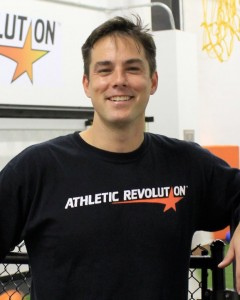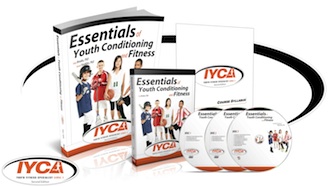Athletes Respond To Cueing
By Wil Fleming
Cueing is a big buzz word among fitness and performance coaches right now. Cues are an extremely efficient way to demonstrate some essential piece of technique to assist in the completion of an exercise.
A cue could be a set of words that concisely convey the result you would like to see: “brace the core” comes to mind for nearly everything. A cue could also be something more visual, like the imitation of “getting tall”, so often used at Force fitness and Performance when doing ½ kneeling movements. A third type of cue could be from palpation of a body part or region, to set the athlete in the correct position.
Stumbling upon, or discovering a new cue for an exercise can be a really cool thing. It can lead to technical breakthroughs, and lead to a cool blog post or a youtube video where you show your new toy off.
Cues then are a great tool, but what is the real value of one cue?
A particular cue may only work with 1 client and to that client, and to that training session, one particular cue may be extremely valuable. Use of this cue is able help them achieve the right position or make the right corrections to form so that the particular exercise can unleash its full potential. For this type of instance I keep a record sheet in every client’s binder to record things that work.
For the athletes on which this cue does not work, this cue has little value to them. In fact it is nearly worthless, but to you it remains a valuable part of your arsenal.
The real value of cues lies in the accumulation of many cues. No singular cue is the hammer and no singular problem is the nail, sometimes a cue is a screwdriver and the problem is a screw, and sometimes the problem is a 5mm hex bolt and the (oh nevermind you get the analogy). Problems take many forms and need many different tools. Having a toolbox is the important thing, not having the coolest hammer.
Being ready with the right cue at the right time is important, but the more important part is being WILLING to try all your tools until the problem is corrected. I see younger coaches getting frustrated when their “go to” choice of words doesn’t have the effect they anticipate with athletes. Although what they are coaching is correct and effective with many athletes, that cue does not work right now.
Patience and determination is key, a willingness to discover an athlete’s preferred learning style is necessary to create successful athletes.
By all means film your successes and share with others, they help other coaches equip their toolbox, but remember that you must be ready and willing to be diverse in your coaching ability.





